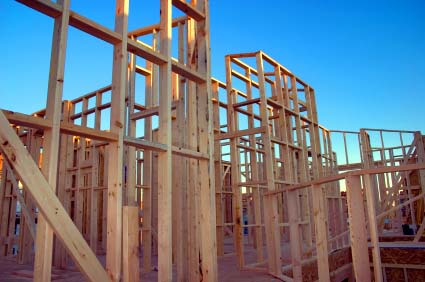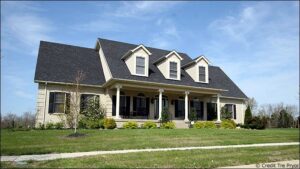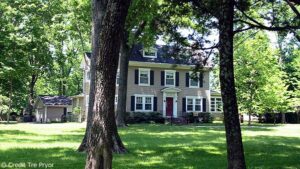One of the perennial problems faced by the construction industry is the way that the weather can affect buildings. Severe weather conditions are always a challenge for builders, whether they are constructing homes or business premises, and Kentucky is one of many states that have suffered over the years from serious weather events.

There is much talk of how the world’s climate is gradually changing, with the majority of scientists who study the phenomenon attributing it to global warming. This is a slow but continuous increase in the atmospheric temperature of the earth. It’s usually blamed on what is known as the greenhouse effect, caused by higher levels of carbon dioxide together with other air pollutants.
The storms that have swept through this and many other states in the form of hurricanes and tornadoes are nothing new, but the frequency and severity of these events appear to be on the increase. The jury may still be out for some people in attributing this to global warming, but weather patterns throughout the world also appear to be changing.
Environmental concerns for Housing have to be taken into account, whether a question of powerful storms and winds or flash flooding as happened in Louisville in 2013. Builders and homeowners also need to take account of the gradually changing climate and the weather conditions it spawns when looking at renovations and maintenance.
Reducing the carbon footprint
The design of new homes or the improvement of older ones needs to take into account the carbon footprint left – the number of greenhouse gases each building and its inhabitants release into the atmosphere. There are ways to build homes that can withstand storms – though usually not tornadoes – but if the changing climate is to be addressed seriously then both builders and householders need to think about what to do.
Homes can be built in a much more environmentally friendly way now with the use of alternative materials that are produced using less energy than traditional ones, factoring in the use of solar power for renewable energy, and ensuring that houses are constructed to be as energy-efficient as possible.
There are a number of straightforward ways to help reduce a dwelling’s carbon footprint and slow down climate change.
Insulation and efficiency
Homes should have good insulation but also the ability to cut out or reduce light in very warm weather. Good insulation on windows, doors, and in the loft space will help bring down the costs of energy over the year.
Authoritative commentators have recommended the use of shutters for windows as they could well help to slow global warming. A wide range of shutters can be made to fit all shapes and sizes of windows, providing insulation and keeping in warmth when it’s cold outside, and helping deflect the sun’s rays on hot days. Shutters also make an attractive addition to a home and can protect windows from the effect of strong winds and other inclement weather.



